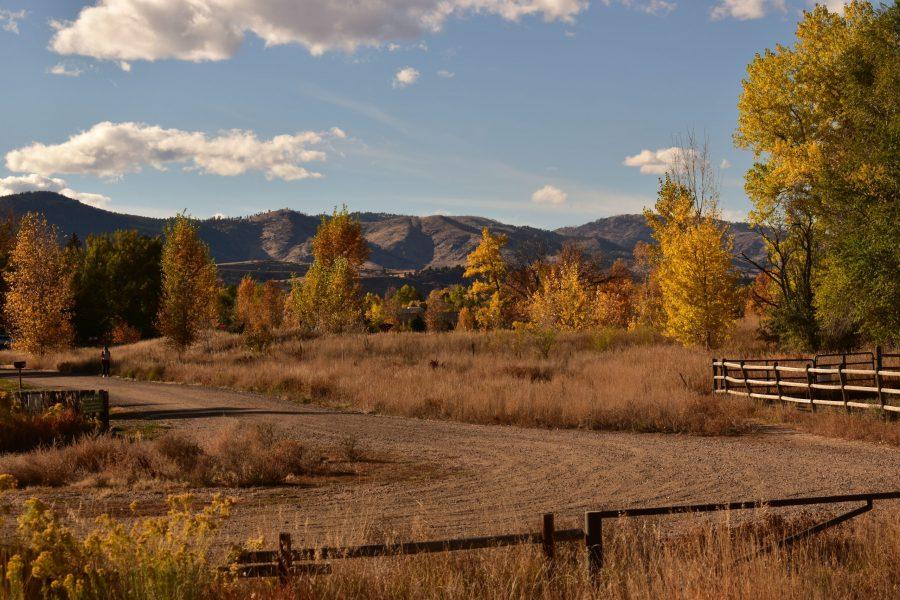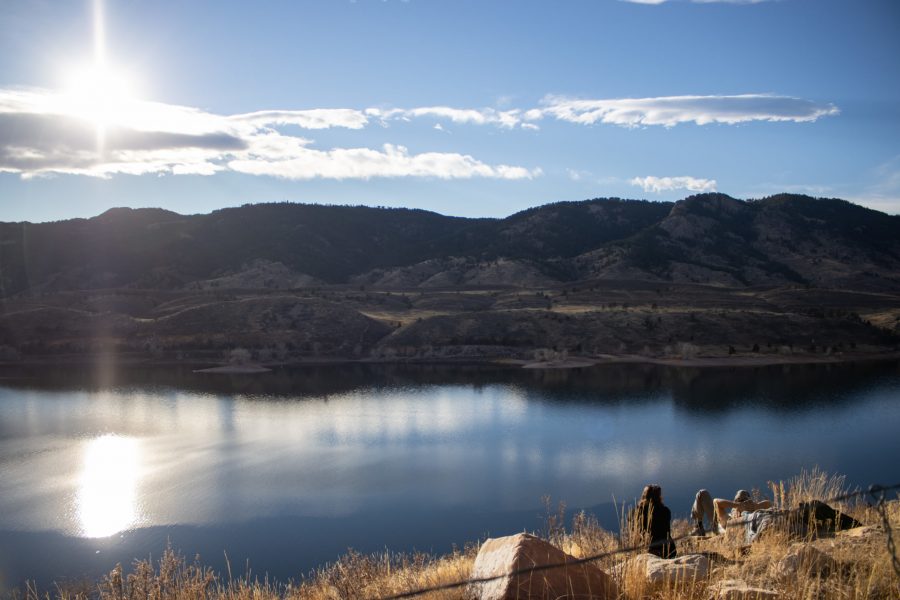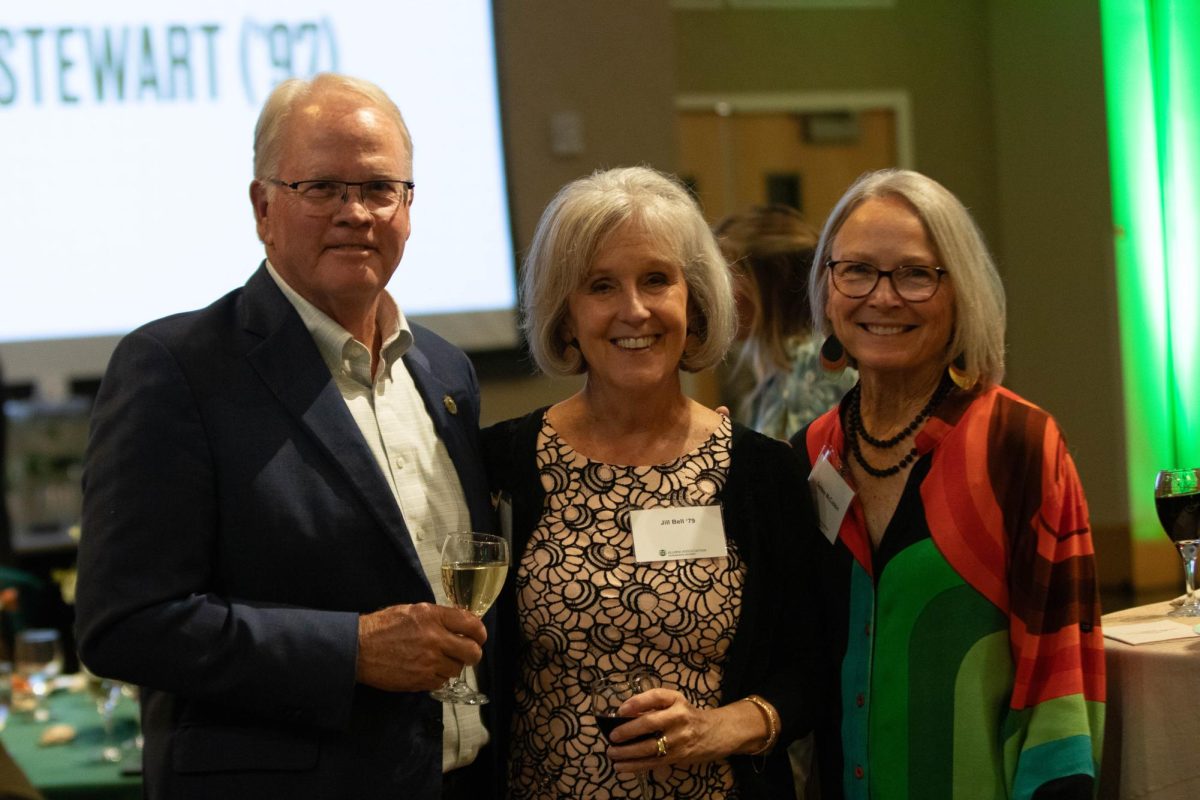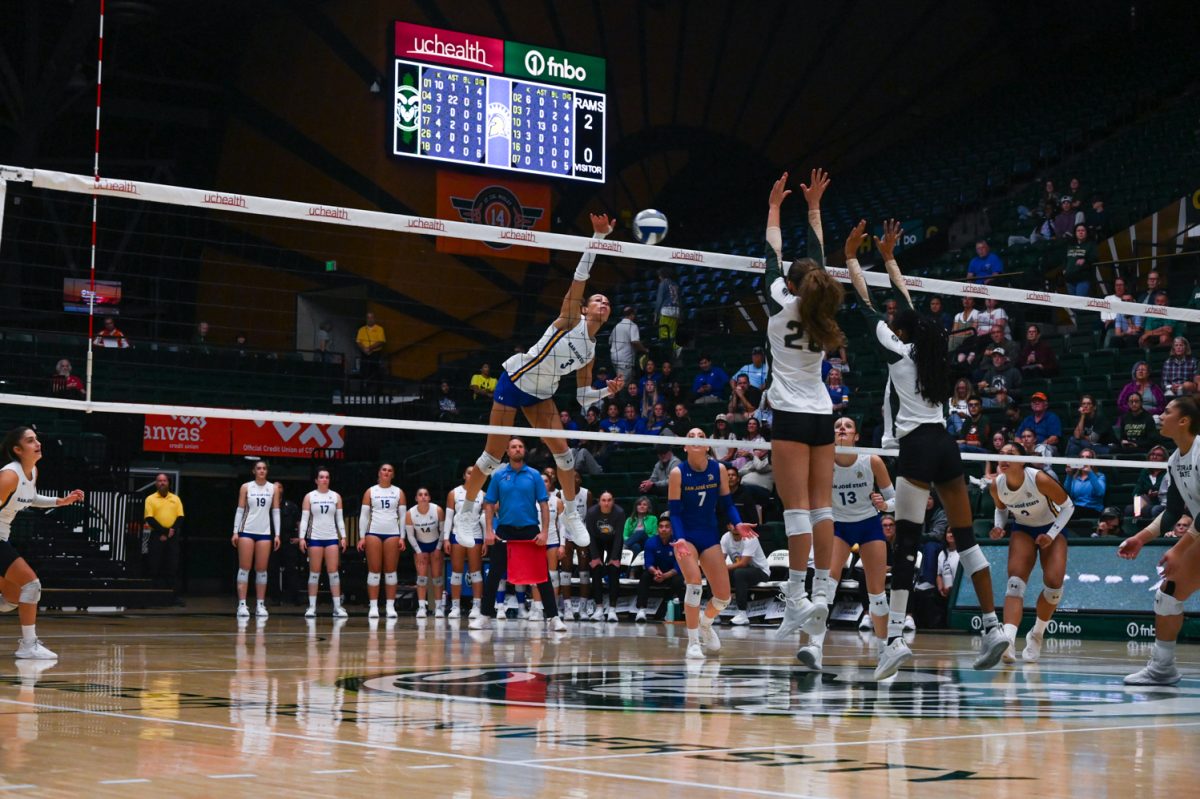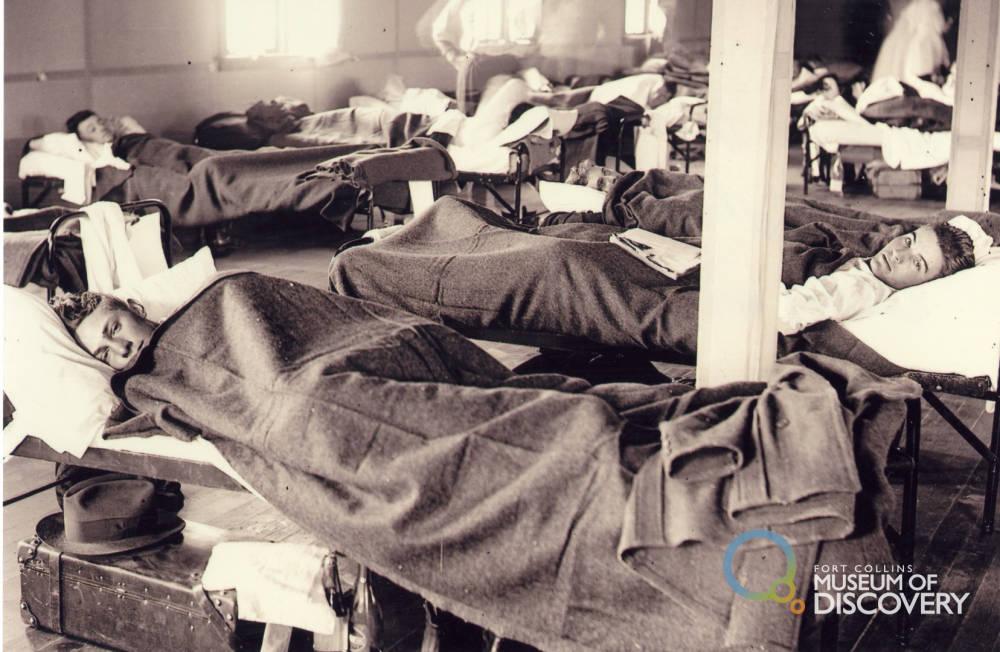
COVID-19 has had a tremendous impact on all of our lives, the depth of which is yet to be fully understood. Just over 100 years ago, a surprisingly similar scourge fell upon the world: the 1918 influenza pandemic, more commonly known as the Spanish flu.
It’s semi-common knowledge by now that the latter designation is a misnomer caused by World War I censorship of bad news from the countries involved. Spain was neutral in the conflict, and their newspapers freely reported their infections and deaths, so the international media ran with the narrative that Spain was the epicenter of the disease.
In reality, the H1N1 virus outbreak affected countries all around the world, exacerbated by the unsanitary wartime conditions. Naturally, Fort Collins was no exception.
We assume that because it’s been 100 years since the last big thing, that we’ve gotten bigger and better at solving the problems that they had, but we haven’t.” – Sarah Frahm, archive assistant at Fort Collins History Connection
A perusal through the City’s archives reveals the interesting parallels between the pandemics of the late 1910s and the early 2020s.
“To the citizens of Fort Collins: … The Commissioners have considered various methods of quarantine but realize that a successful quarantine depends upon the hearty cooperation of our citizens,” said a public address dated Oct. 9, 1918. “Little good is accomplished by forbidding large gatherings if numerous small ones are carried on.”
The quarantine was adopted, though apparently not rigidly enough. About three weeks later, the Fort Collins mayor reported about 355 cases in the City, with a later estimate putting the October/November total at 1,100 cases.
“We assume that because it’s been 100 years since the last big thing, that we’ve gotten bigger and better at solving the problems that they had, but we haven’t,” said Sarah Frahm, an archive assistant at Fort Collins History Connection. “There’s also some comfort in knowing that it’s been done before, and there are measures that do matter — like social distancing and wearing masks — and we’ll get through it. It’ll be hard, but we’ll get through it because they got through it.”
These were difficult months for Fort Collins, and the Colorado Agricultural College was not at all safe from the “grippe,” as it was called. In fact, Charles A. Lory (after whom the Lory Student Center is named) lost his young twin nieces to the disease in November.
“That’s one of the problems we are facing: that the deaths end up being a personal, private pain rather than a societal pain, unlike the way a war is a societal pain,” Frahm said. “That kind of makes me sad, and we are still facing that problem.”
Increasingly desperate times called for increasingly desperate measures. On Nov. 23, 1918, a new quarantine was established, this one banning “all meetings of a social character” and requiring anyone infected to remain in their homes with a quarantine sign placed upon their residence by their doctor or the police if no doctor was available.
“Said quarantine shall continue for a period of seven days following a return of normal temperature to said person afflicted,” the proclamation read.
Item IV of the proclamation ventured into shockingly familiar territory, requiring anyone entering a place of business to wear a mask covering their nose and mouth, enforced by the proprietor of each place.
“Said masks shall be of sufficient thickness to protect others from coming directly in contact with the breath of said person,” the proclamation read, “and shall be the equivalent of eight thicknesses of gauze, five thicknesses of cheese cloth or three thicknesses of butter cloth,” proving once again that old-timey units of measurement were far superior to modern ones.
All told, estimates put the global death toll of the pandemic at about 2.5-5% of the world’s population, while The Coloradoan estimated in 2020 that only about 150 of Fort Collins’ 8,500 residents died, which works out to under 2%.
“I think in some ways (the smaller death toll) is due to Fort Collins being not big but not so small that it didn’t have facilities,” Frahm said. “Society doesn’t change that much, certainly the way disease transfers between people doesn’t change that much, so the requirements of distancing and mask wearing make perfect sense.”
Reach Hayden Hawley at news@collegian.com or on Twitter @hateonhawley.



